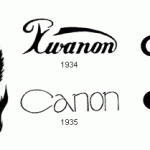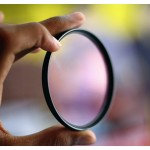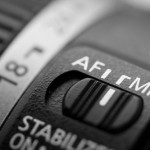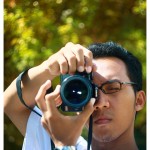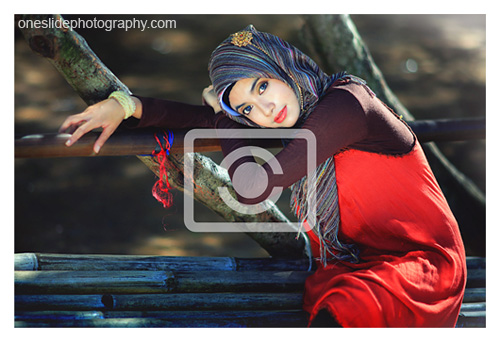
Metering is how your camera determines what the correct shutter speed and aperture should be, depending on the amount of light that goes into the camera and the sensitivity of the sensor. Back in the old days of photography, cameras were not equipped with a light “meter”, which is a sensor that measures the amount and intensity of light. Automatic exposure is a standard feature in all digital cameras. All you have to do is select the metering mode, point the camera and press the shutter release. Most of the time, this will result in a correct exposure.
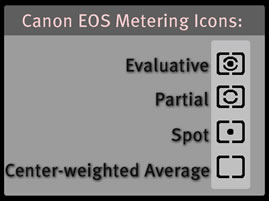
Spot Metering
Spot metering allows you to meter the subject in the center of the frame (or on some cameras at the selected AF point). This allows us to quite accurately measure our exposure against a single subject, such as a person standing in front of a bright sky. Spot metering measures an area roughly 3 – 5% of the scene whilst Partial measure 10 – 15% in the centre.. This type of metering is useful for brightly backlit, macro, and moon shots.
Partial metering
This mode meters a larger area than spot metering (around 10-15% of the entire frame), and is generally used when very bright or very dark areas on the edges of the frame would otherwise influence the metering.
Center-weighted Average Metering
Probably the most common metering method implemented in nearly every digital camera and the default for those digital cameras which don’t offer metering mode selection. In this system, the meter concentrates between 60 to 80 percent of the sensitivity towards the central part of the viewfinder. This method averages the exposure of the entire frame but gives extra weight to the center and is ideal for portraits.
Matrix or Evaluative Metering
This is probably the most complex metering mode, offering the best exposure in most circumstances. Matrix, evaluative, honeycomb, segment metering –the camera measures the light intensity in several points in the scene, and then combines the results to find the settings for the best exposure. The focus point determines the light reading. The overall exposure is based on an algorithm specific to that camera, the details of which are closely guarded by the manufacturer. Often they are based on comparing the measurements to the exposure of typical scenes.
